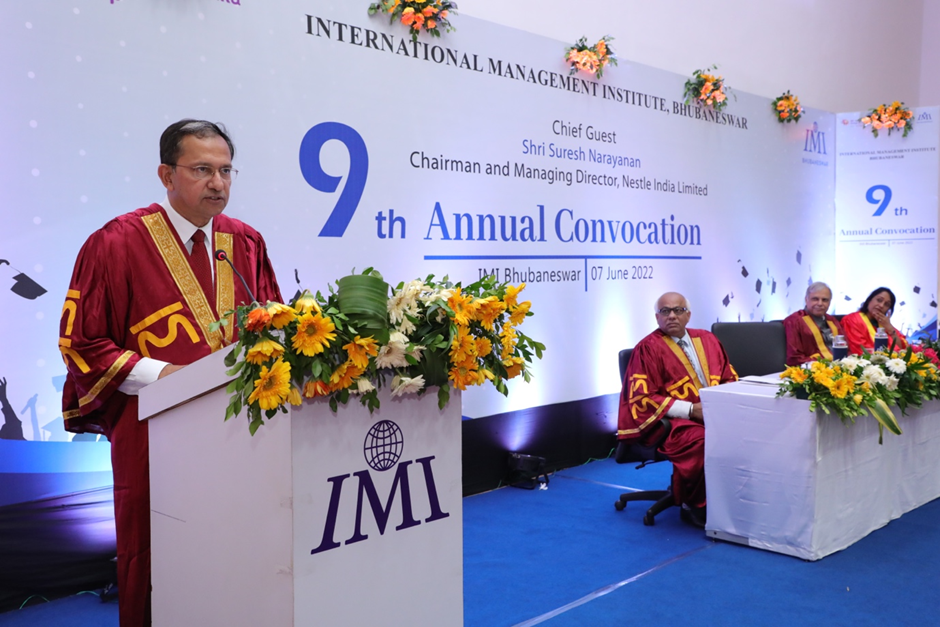IMI Bhubaneswar gearing up to host FDP on ‘Financial Time Series Analysis Using R’
IMI Bhubaneswar will host a Faculty Development Programme themed ‘Financial Time Series Analysis Using R’ from 28th to 30th January. The three-day FDP will be held in online mode and is aimed to make participants aware of different time series models. It will also offer them tips and tools to help them analyze data, which we now understand, is the most valuable commodity in the world.
The programme will be helmed by Prof. Santanu Das, Associate Professor, F&A – an expert in the field. As the Programme Director, he has ensured that the FDP has been curated to meet the requirements of a varied set of participants and delivers highly relevant information to them effectively. Classroom discussions along with hands-on applications on real-time data will make it an engaging workshop for all participants.
The entire course will be conducted in R and also aims to provide an understanding of the algorithms behind each of the time series models. Participants will also benefit from getting insights into the applicability of these models based on the type of data. It makes the FDP relevant for faculty members, research scholars and students of postgraduate courses in finance, economics, mathematics, and statistics, as well as industry professionals.
The course fee for faculty members is Rs. 10,000, PhD / MPhil Scholars – Rs. 5,000, PG Students – Rs. 3,000, Industry representatives – Rs. 12,000, and International faculty / student – USD 200. The FDP will help participants delve deeper into the distribution of time series data, testing for normality, White Noise, Unit Root and their testing (ADF Test), Univariate Time Series - AR, MA and ARMA models and so much more.
The comprehensive FDP is in keeping with IMI Bhubaneswar’s goal to enable all stakeholders of industry and academia to stay abreast with the latest best practices and trends. Through this FDP that also covers identifying and testing AR, MA and ARMA models, Symmetric volatility modelling (ARCH, GARCH models), Asymmetric volatility modelling (EGARCH, GJR- GARCH models), and Multivariate Time Series - Vector Autoregression Models, it has facilitated a platform that will lead to a huge value addition for all participants.




Comments
Post a Comment